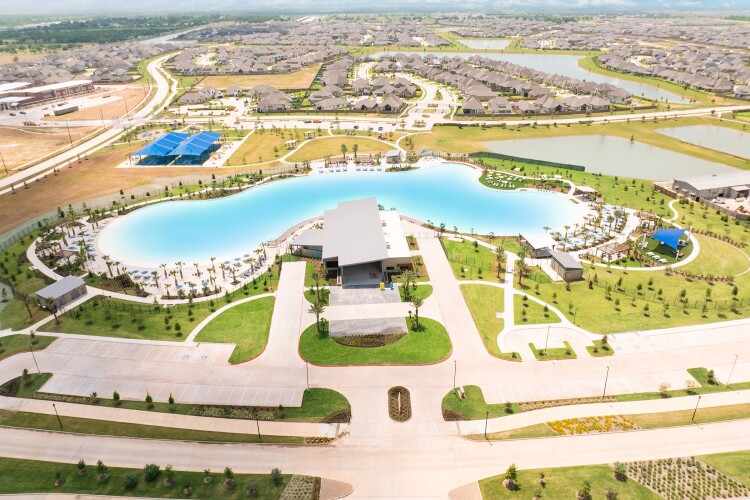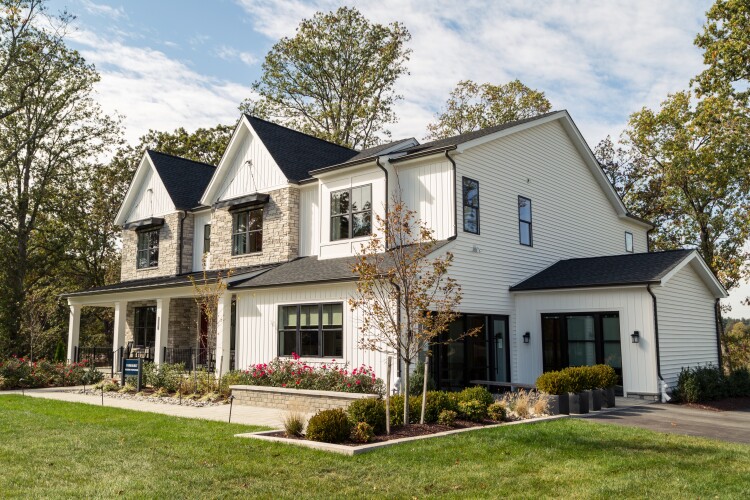
Buying a Home
How big should your down payment be? Hint: It doesn't have to be 20%.
A down payment is when you pay a fraction of the cost of a home upfront and take out a loan to cover the rest. You don’t have to put 20% down on a house A common misconception is that 20% is the standard down payment on a house. That’s not the case, according to Melissa Cohn, regional vice president at William Raveis Mortgage.Instead, depending on what kind of mortgage you take out and what kind of homebuyer you are, you can pay as little as 3.5% down. And if you’re taking a mortgage from the















